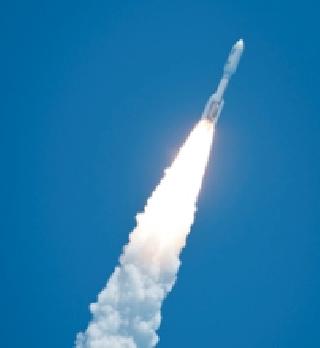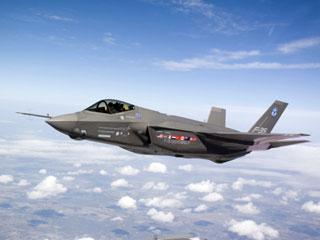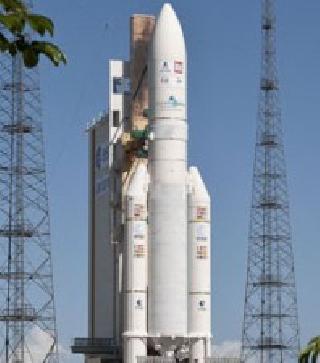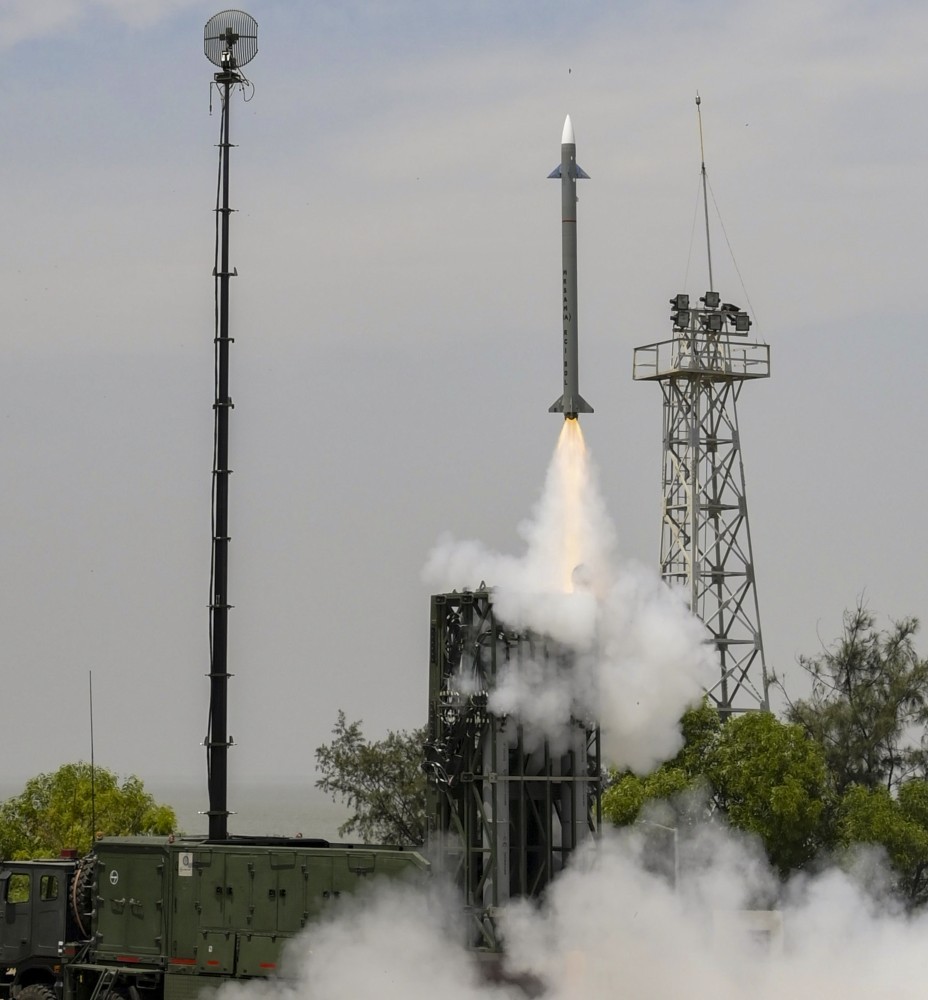
An Atlas V rocket launches with the Juno spacecraft from Space Launch Complex 41 at Cape Canaveral Air Force Station in Florida on Friday. A NASA photo
WASHINGTON (AFP): NASA Friday launched the billion-dollar solar-powered spacecraft Juno on a five-year journey to Jupiter aiming to discover what makes up the Solar System’s biggest planet.
The unmanned satellite observatory was propelled into space aboard a 60-metre tall Atlas V rocket, blasting off from the Cape Canaveral Air Force Station in Florida at 12:25 pm (1625 GMT).
“Ignition and liftoff on the Atlas V with Juno on a trek to Jupiter, a planetary piece of the puzzle on the beginning of our Solar System,” said a NASA television commentator.
Some 53 minutes later Juno separated from its carrier rocket, heading off solo into space.
The launch of Juno showed “NASA is still open for business and leading the world in space exploration,” said NASA chief Charles Bolden, just over two weeks after the last ever shuttle flight landed back on Earth and the programme was mothballed.
“The largest planet in our neighbourhood is about to reveal its secrets, and everything Juno finds will help us understand more about the origins and evolution of our solar system. This is exciting stuff,” Bolden wrote on the NASA website.
Once it arrives in July 2016, the spacecraft will orbit the poles of the gas giant, which has more than twice the mass of all planets in the Solar System combined and is believed to be the first planet that took shape around the Sun.
Named after the wife of the Roman god Jupiter, the USD 1.1 billion spacecraft is NASA's first mission there since it launched Galileo in 1989, and it aims for 30 orbits over a period of one year.
Juno will get closer to Jupiter than any other NASA spacecraft and will be the first to undertake a polar orbit of the planet, said Scott Bolton, Juno principal investigator and scientist at the Southwest Research Institute in San Antonio, Texas.
“One of the primary goals of Juno.... is (probing) the origin of Jupiter and the origin of our Solar System,” Bolton said Friday just before the launch.
“Juno is set up to learn about that early part of the Solar System and learn how Jupiter formed, and by measuring the ingredients we are really looking for the recipe of planet formation.”
NASA’s Galileo, an orbiter and probe that launched 22 years ago, entered the planet's orbit in 1995 and plunged into Jupiter in 2003, ending its life.
Other NASA spacecraft – including Voyager 1 and 2, Ulysses and New Horizons – have done flybys of the fifth planet from the Sun.
 Previous Article
Previous Article Next Article
Next Article













The Indian Air Force, in its flight trials evaluation report submitted before the Defence Ministry l..
view articleAn insight into the Medium Multi-Role Combat Aircraft competition...
view articleSky enthusiasts can now spot the International Space Station (ISS) commanded by Indian-American astr..
view article